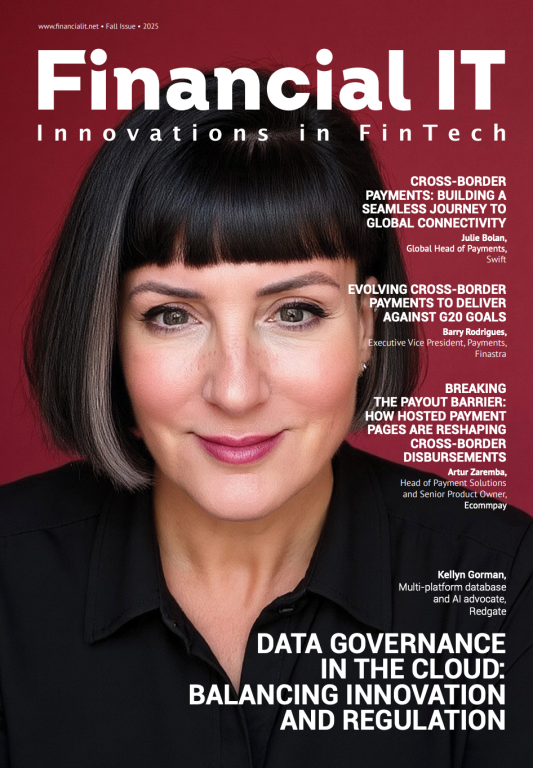Understanding the Psychology Behind Payment Choices

- Zaki Farooq, CTO and Co-Founder at PayFuture
- 15.05.2025 04:45 pm #PaymentPsychology #ConsumerBehavior
With over 200 alternative payment methods available globally, the way consumers choose to pay is influenced by far more than convenience alone, Zaki Farooq, CTO and Co-Founder of PayFuture writes. These decisions reflect habit, trust and subtle behavioural signals that can influence whether a transaction completes or is abandoned.
Across different markets and demographics, one pattern emerges consistently: the decision to complete a payment often comes down to how the process feels in the moment. Familiarity, perceived risk and ease of use tend to carry more weight than the number of steps involved or the novelty of the method.
Trust and clarity over speed
Many consumers appreciate fast checkout options and mobile wallets, yet debit and credit cards remain widely used. Part of the reason is psychological. These methods feel familiar and offer a sense of control, particularly when sensitive financial information is involved.
According to a recent UK survey, only 35% of consumers consider real-time payments more secure than credit cards. This highlights a persistent wariness around newer payment methods.
Design and experience matter too. Around two-thirds of shoppers say a poor payment journey makes them less likely to complete a purchase. Confusing interfaces, inconsistent flows and unclear prompts at key moments can create hesitation. A well-structured process builds confidence. It makes each step feel intuitive, transparent and easy to complete.
Many of these decisions happen instinctively. People don’t usually pause to compare features or weigh up the logic of each option. They respond to what feels trustworthy and familiar, especially under time pressure, like during flash sales or mobile checkouts. The more closely a payment experience matches those expectations, the more likely it is to lead to a completed transaction.
Payment norms aren’t the same everywhere
That experience isn’t universal. Payment preferences vary widely across markets. In some countries, mobile wallets dominate. In others, cash is still part of everyday life. Data from The Payments Association shows cash remains active even among younger UK consumers. Local context, social norms, infrastructure and historical habits, continues to influence what feels like a ‘normal’ way to pay.
Merchants expanding internationally need to consider more than just technical integration. A localised approach, informed by behavioural insight, tends to deliver better outcomes, for example.
Encouraging behaviour change through incentives
Incentives also influence behaviour. Account-to-account (A2A) payments offer speed and cost advantages, but uptake remains limited. Research shows only a third of US consumers used A2A recently. Yet 40% of those who haven’t say they’d consider switching if rewards or discounts were offered, a figure that climbs above 60% for millennials and Gen Z.
Incentives can help shift habits, especially when paired with clear benefits and minimal effort. For merchants, they offer a practical way to encourage adoption of new methods and make the payment step feel easier and more rewarding.
While new payment technologies continue to emerge, customer adoption often lags behind what’s technically possible. That gap usually isn’t caused by infrastructure, but by uncertainty, lack of trust, or unfamiliarity with the method. The best payment experience is the one that matches what a customer expects, understands and feels confident using.
When payment methods don’t reflect customer preferences, it creates a moment of hesitation. In competitive markets, that hesitation is often all it takes to lose a sale. Businesses that recognise this, and adapt accordingly, are better positioned to turn interest into action and build lasting relationships.




















